On Openness
An essay by Nadia Banna, for the lying down practice of the Alexander Technique.
I’ve been giving some thought to the idea of openness and how that can aid the discovery process. Being open means that you are able to sense, to receive support and process change. So I'm going to talk a bit about each of these things that openness enables.
If you are open, you are allowing the possibility of sensing. Sensing means that we are not pre-determining our direction, but rather noticing where we are in the moment. Sensing is a way of dissolving the thoughts and bodily reactions that are in the way of openness by noticing them. So right now, see if you are able to sense your whole self. See if there is any resistance to sensing it, either by way of closing off, drifting off slightly or a desire to control 'the scene’ occurring within.
If you are able to fully sense your weight and the ground, your breathing and all the internal movement that accompanies it, and the relationship of your spine to your head and neck, then you can fully let go of any need to do something. Just sensing is a way to follow the clues that your body-mind are providing. You are listening fully, and your body mind can let go of any resistance that it has to being completely here in this moment. It also means that we can see the possibilities available to us and respond appropriately. I liked this definition of openness that I found, which describes it as “without obstructions to passage or view.” If we’re not open, and find ourselves holding on, restricting breathing or controlling our engagement with the moment, we are doing all sorts of things but it will be hard to see the right direction to move in. So just notice again how you are in this moment. Notice your thoughts, your breathing and any pulls throughout your body. See if you notice, for example, some tightness in the shoulder, and how it might relate to some constriction somewhere else in the body. Check in with the neck, the jaw, the hips, and your feet on the ground or table.
Another element that openness gives us is the ability to receive support. If we can allow the ground, and all the other kinds of support we receive, to hold us, then we are in a relationship with our environment rather than a one-way street where we expend energy but don’t receive any back. Notice if you are able to sense the ground all along your points of contact. And as you allow yourself to let go into the ground, notice that releasing back allows you to open more to the world around you. As you release back, your neck can release, your shoulders can undo, your ribs can move more easily. Your legs and arms can release out of your widening and lengthening back. Receiving support also means that you can have a strong back and a soft front, because your front has the support of the whole ground underneath you. The expression “getting behind an idea” came to mind. When we fully get behind the idea of support from our interaction with our environment, we have strength, “power in numbers,” and the idea speaks for itself; same idea when our backs get behind us.
The third thing that openness gives us is the ability to process change. If we are open, we can allow a new way of being in. Patrick Macdonald has a notebook jotting called “On Stasis.” He says, “There is no such thing as standing still in this work. You are either progressing or going backwards.” Changing on a big or a small scale could be thought of as a push and a pull, and it’s not a bad thing to be right in the middle of the push and a pull. It means you can allow your legs to release out of the back, and your head to release onto the books as opposition occurs. You can allow a release from your left hip, crossing through your abdominal area and ribs and out your right shoulder; and then from your right hip out the left shoulder. Another element that could be seen as a push and a pull is breathing. The upper and lower chambers of air are in constant flux as they balance each other with each breath. And you can enjoy each contraction and expansion as you exhale and inhale. Allow the jaw to release with every breath. Your back can lengthen and widen, giving you a springy space for the breath to enter. As you enjoy being right in the middle of all the action your body mind is allowing to occur, notice that you are both firm and springy and permeable. The energy can move freely through you.
Go ahead and do a few whispered Ahs, seeing if you can sense your whole self. Allow the ground to be part your experience and let the whispered Ahs pass through the whole of you.
Once you return to normal breathing, come back to the ideas of sensing, receiving support and processing change and notice if you can allow all three to happen in tandem.
